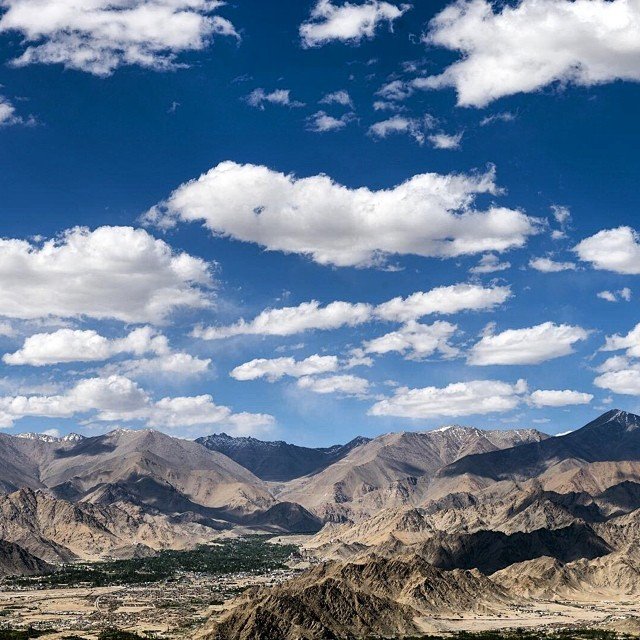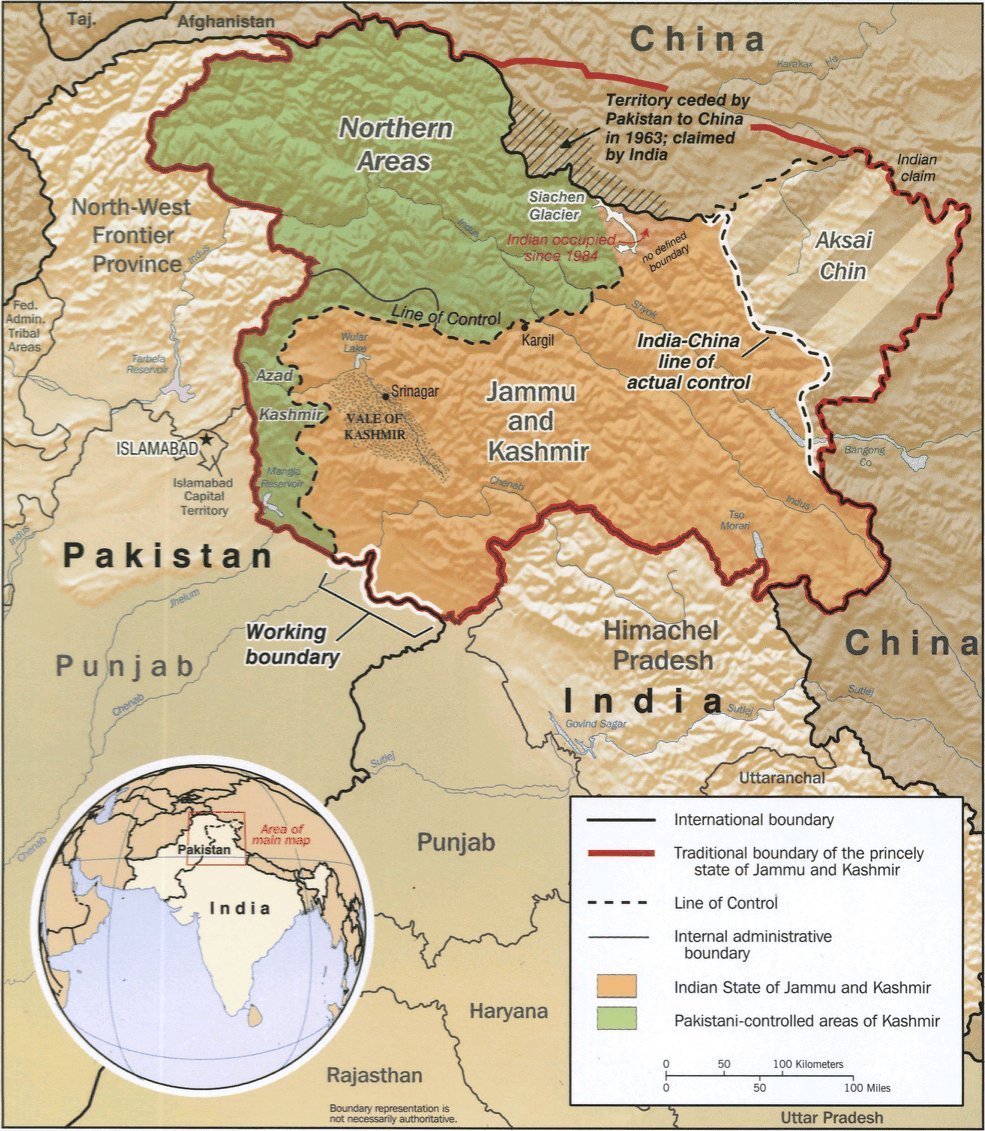I co-wrote this spotlight with my boyfriend, Victor Lucas. He graduated in December 2015 from American University with a BA in International Studies. He had a regional focus on Asia and a specialty in Environmental Sustainability and Global Health. He also studied abroad at National Chengchi University in Taiwan. I just completed my degree requirements at American University in July with a BA in International Studies. I had a regional focus on Latin America and a specialty in Global Inequality and Development. I studied abroad at University of Auckland in New Zealand and at Universidad Adolfo Ibanez in Chile.
We source all of our images from public domain image resources, such as those in this list: https://en.wikipedia.org/wiki/Wikipedia:Public_domain_image_resources
A Spotlight On The Kashmir Conflict // Part One: The Insurgency
On July 8, a young militant Kashmiri named Burhan Wani was shot dead by Indian police forces in the central part of India-controlled Kashmir. Burhan had become a local celebrity of sorts in recent months, with him and a group of fellow young militants posting pictures on social media posing in military fatigues and with AK-47's. These boys had become a symbol of the Kashmiri desire for freedom from the frequently aggressive governance of what, to many Kashmiri, felt like Indian military occupation forces.
Shouts of "They've killed Burhan!" could be heard all throughout the valley.
These are the words that marked the most recent return to violence in Kashmir, the coveted province that has directly given birth to 3 wars and multiple insurgences over the past 70 years. (Source)

This most recent outbreak has been the worst since 2010, when during the summer alone over 120 civilians were killed in clashes with government forces. Following the death of Burhan, hundreds flocked to the streets in protests that, in many instances, became violent. In the month and a half since Burhan's death, more than 4,000 civilians and protesters have been injured, as well as over 3,000 security personnel. 67 people have been killed. (Source) But what is the story behind the violence of the last thirty years?
The Insurgency in Kashmir has been around since the late 1980's.
While the required ingredients for an insurgency had been around for some decades already, they finally mixed to give birth to an armed insurgency in 1987 as a result of an election that many Kashmiri felt had been rigged and whose results did not correlate with the wishes of the public. Coupled with a reversal by the Indian state of many Democratic reforms in the area that had been passed in previous decades, many Kashmiri felt they no longer had non-violent alternatives for reaching freedom. However, here is where the similarity between many Kashmiri insurgents ends.
The Kashmiri insurgency has dozens of different groups with completely different goals.
There is a consistent disagreement between different insurgent groups in the region on ultimate goals, methods, how to resolve the conflict, and how to use violence. Ultimately, however, the insurgents either
- want independence
- want to join Pakistan
According to one survey of the general Kashmiri public
- 43% of the total adult population want complete independence
- 1% of Pakistan-controlled Kashmir wants to join India, while 28% of India-controlled Kashmir want to remain part of India
- 50% of adults in Pakistan-controlled Kashmir want to remain part of Pakistan, while 2% of India controlled Kashmir want to join Pakistan
(Source)
Mix these elements together with the fact that Kashmir has significant populations of Muslims, Buddhists, Hindu, and Sikhs, as well as that Pakistan is predominantly Muslim and India is predominantly Hindu leads to a dizzying mixture of points of conflict.

Where is this heading?
The insurgency has been around for almost 30 years, and the conflict in the area for almost 70. The only thing that is certain is that the death of Burhan Wani, which local Indian forces had likely hoped would help calm the spread of militant ideology, has had the exact opposite effect by creating a very well publicized martyr. There is also far more going on at the inter-state level, with the Indian, Pakistani, and even Chinese governments having influence on the local conflict , which I will talk about more tomorrow in Part Two: Roots of the Kashmir Conflict!
